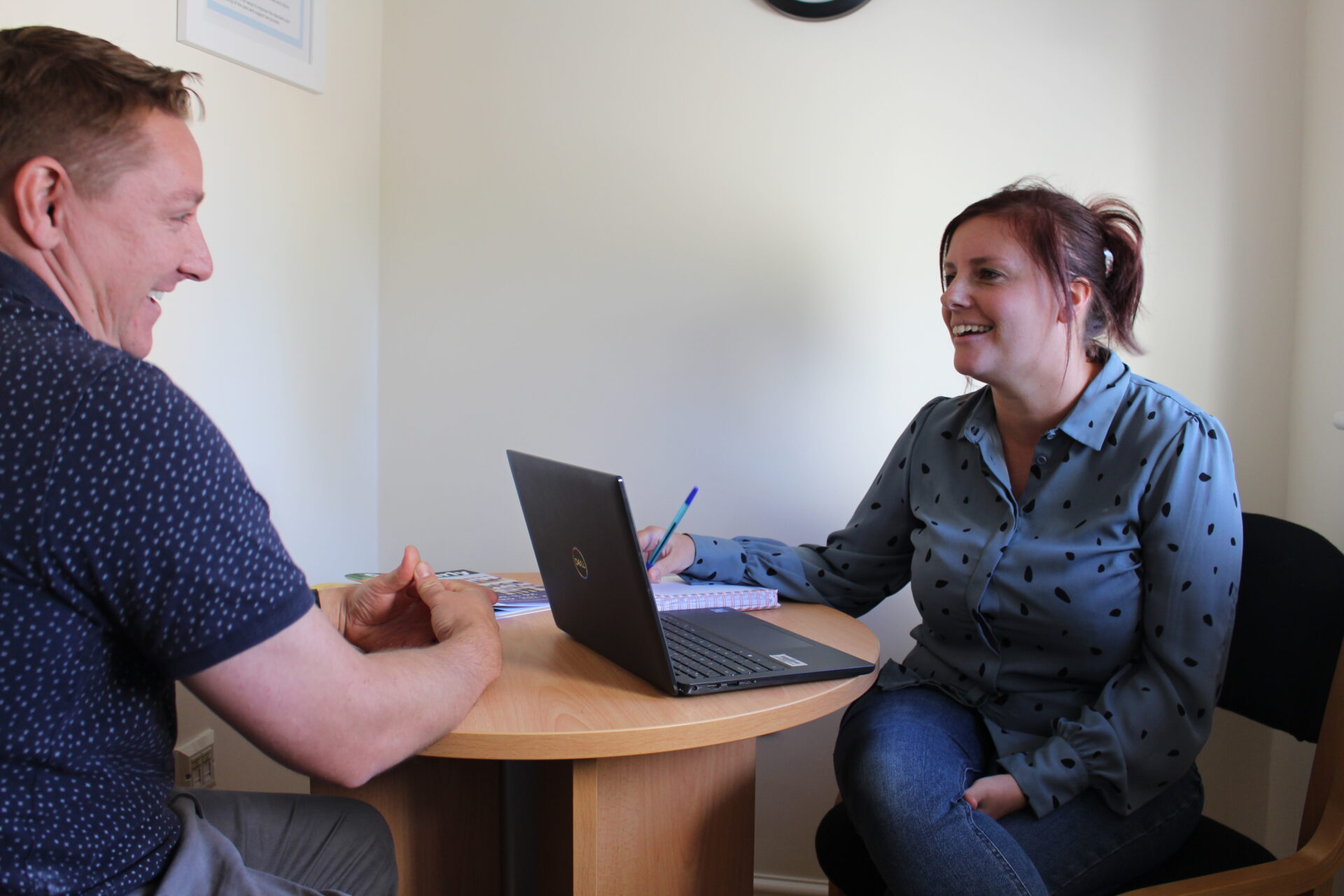Navigating the Sydney real estate market can be a daunting task, especially with its ever-changing dynamics and competitive nature. However, with the right guidance and expertise, the process can become smoother and more rewarding. This is where a buyers advocate Sydney comes in.
Understanding the Sydney Real Estate Market
Before delving into the role of a buyers advocate Sydney, it is crucial to understand the Sydney real estate market and its intricacies. Several factors influence property prices in this booming city.
Sydney, the largest city in Australia, is known for its vibrant real estate market. With its stunning beaches, iconic landmarks, and thriving economy, it has become a highly sought-after location for property buyers. However, navigating the Sydney real estate market can be a complex task, as it is influenced by various factors.
Key Factors Influencing Sydney’s Property Prices
Sydney’s property prices are affected by various factors, including supply and demand, interest rates, economic conditions, and government policies. These factors, when properly analyzed and understood, can help buyers make informed decisions.
Supply and demand dynamics play a significant role in determining property prices in Sydney. The city’s limited land availability and high population density contribute to a high demand for housing. As a result, property prices tend to be on the higher side. Learn more how buyers advocacy saves you time.
Interest rates also have a significant impact on the Sydney real estate market. When interest rates are low, borrowing becomes more affordable, leading to increased demand for properties. Conversely, when interest rates rise, borrowing becomes more expensive, which can dampen demand and put downward pressure on prices.
Economic conditions, both locally and globally, can influence property prices in Sydney. Factors such as employment rates, GDP growth, and consumer confidence can affect the willingness of buyers to enter the market and their ability to afford properties.
Government policies, such as taxation measures and regulations, can also impact the Sydney real estate market. Changes in policies related to property investment, foreign ownership, and housing affordability can have both short-term and long-term effects on property prices.
The Role of Location in Sydney’s Real Estate Scene
Location plays a significant role in Sydney’s real estate market. Areas with close proximity to amenities, transport links, and desirable lifestyle features tend to command higher prices. Buyers need to consider the location’s suitability for their needs and future prospects.
In Sydney, the coastal suburbs are particularly popular due to their stunning ocean views and easy access to beaches. Areas like Bondi, Manly, and Coogee are highly sought-after by both locals and international buyers.
Proximity to amenities such as schools, shopping centers, and healthcare facilities is also a crucial consideration for buyers. Suburbs with well-established infrastructure and a range of amenities tend to attract more interest from buyers, leading to higher property prices.
Transport links are another important factor in Sydney’s real estate scene. Suburbs with convenient access to public transportation, major roads, and highways are highly desirable, as they offer easy commuting options and connectivity to other parts of the city.
Current Trends in Sydney’s Housing Market
The Sydney housing market is constantly evolving. Keeping up with the latest trends and developments is crucial for buyers. Whether it’s the emergence of new up-and-coming suburbs or changes in buyer preferences, understanding the market’s pulse is essential.
One notable trend in the Sydney housing market is the rise of apartment living. With the increasing population and limited land availability, apartments have become a popular choice for buyers, especially in central and inner-city areas. The convenience, affordability, and lifestyle benefits associated with apartment living have contributed to their growing popularity.
Another trend is the focus on sustainability and energy efficiency in new developments. As awareness about climate change and environmental sustainability grows, buyers are increasingly looking for properties that incorporate eco-friendly features such as solar panels, rainwater harvesting systems, and energy-efficient appliances. Developers are responding to this demand by incorporating sustainable design principles into their projects.
Furthermore, the COVID-19 pandemic has had an impact on the Sydney housing market. With more people working remotely, there has been a shift in buyer preferences towards properties with dedicated home office spaces and outdoor areas for relaxation and recreation.
Overall, understanding the Sydney real estate market requires a deep dive into its various factors, including supply and demand dynamics, interest rates, economic conditions, government policies, and the role of location. By staying informed about the latest trends and developments, buyers can make well-informed decisions in this dynamic and competitive market.
The Role of a Buyers Advocate in Real Estate
A buyers advocate is a professional who acts solely in the buyer’s best interests throughout the property buying process.
When it comes to navigating the complex world of real estate, having a buyers advocate by your side can make all the difference. These experts are armed with an in-depth understanding of the local market and are dedicated to helping buyers find their dream property.

Defining the Role of a Buyers Advocate
A buyers advocate is an expert in the real estate industry, armed with an in-depth understanding of the local market. Their role involves searching for suitable properties, conducting due diligence, negotiating purchase prices, and guiding buyers through every step of the transaction.
Searching for the perfect property can be a daunting task, especially for those who are unfamiliar with the market. However, with a buyers advocate on your side, you can rest assured that they will use their expertise to find properties that align with your specific needs and preferences.
Once potential properties have been identified, a buyers advocate will conduct thorough due diligence to ensure that there are no hidden issues or surprises. This includes researching the property’s history, analyzing market trends, and assessing any potential risks.
When it comes to negotiating the purchase price, buyers advocates are skilled negotiators who will work tirelessly to secure the best possible deal for their clients. They understand the intricacies of the negotiation process and will use their knowledge to ensure that buyers are not overpaying for their property.
The Importance of a Buyers Advocate in Property Transactions
Hiring a buyers advocate can save buyers from the potential pitfalls and challenges associated with property transactions. Their expertise and knowledge can provide invaluable support, ensuring informed decision-making and helping buyers avoid costly mistakes.
One of the main advantages of having a buyers advocate on your side is their ability to provide objective advice. Unlike real estate agents who often represent sellers, buyers advocates work exclusively for the buyer, ensuring that their best interests are always the top priority.
Furthermore, buyers advocates have a deep understanding of the local market conditions and trends. They are constantly monitoring the market, staying up-to-date with the latest developments, and identifying opportunities that may not be readily available to the general public.
By leveraging their extensive network and industry connections, buyers advocates can also provide access to off-market opportunities. These are properties that are not listed on public platforms but are still available for sale. This can give buyers a significant advantage, as they have access to a wider range of properties and can potentially find hidden gems that would have otherwise gone unnoticed.
How a Buyers Advocate Can Save You Time and Money
One of the most significant benefits of engaging a buyers advocate is the time and money saved by leveraging their expertise. These professionals understand the market intricacies, have access to off-market opportunities, and can help buyers secure properties at the best possible price.
Searching for a property can be a time-consuming process, especially for those who have limited knowledge of the market. However, with a buyers advocate, buyers can save valuable time as the advocate will do the legwork on their behalf. They will narrow down the options, conduct thorough research, and present buyers with a curated list of properties that meet their criteria.
When it comes to the financial aspect of property transactions, buyers advocates can help buyers save money in various ways. Firstly, their negotiation skills can often result in a lower purchase price, ensuring that buyers get the best value for their money. Additionally, their knowledge of the market can help buyers avoid overpaying for a property that may not be worth its asking price.
Furthermore, buyers advocates can assist with the due diligence process, ensuring that buyers are aware of any potential issues or hidden costs associated with a property. This can save buyers from unexpected expenses down the line and help them make informed decisions about their investment.
In conclusion, a buyers advocate plays a crucial role in the property buying process. Their expertise, knowledge, and dedication to their clients’ best interests make them an invaluable asset. Whether you are a first-time buyer or an experienced investor, having a buyers advocate by your side can make the journey smoother, more efficient, and ultimately more successful.

The Value of Using a Buyers Advocate in Sydney
Using a buyers advocate in Sydney offers several advantages that can make the property buying process more efficient and successful.
Tailored Property Search and Selection
A buyers advocate tailors the property search according to the buyer’s requirements and preferences. By considering factors such as location, budget, and specific needs, they can identify properties that align with the buyer’s criteria, streamlining the search process.
Negotiating the Best Price for Your Property
Negotiating the purchase price is often a critical aspect of any property transaction. Buyers advocates possess expert negotiation skills and market knowledge, allowing them to secure the best possible price for their clients.
Ensuring a Smooth Property Transaction Process
The property buying process can be complex and overwhelming for buyers, especially for those unfamiliar with it. A buyers advocate guides buyers through every step, ensuring a smooth transaction process and addressing any potential issues promptly.
Choosing the Right Buyers Advocate in Sydney
When it comes to selecting a buyers advocate in Sydney, it’s crucial to align with a professional who understands your needs and can deliver the desired outcomes.
Qualities to Look for in a Buyers Advocate
Look for a buyers advocate with extensive experience, a strong track record, and a deep understanding of the local real estate market. Additionally, effective communication, transparency, and a client-centric approach are qualities to watch out for.
Questions to Ask a Potential Buyers Advocate
Ensure you ask prospective buyers advocates about their previous successes, their approach to property search, and how they handle negotiations. This will give you a better understanding of their skills and compatibility with your requirements.
Understanding the Fees and Charges of a Buyers Advocate
Before engaging a buyers advocate, it is essential to understand their fee structure. Transparency regarding fees and charges is crucial for both parties, ensuring a smooth and satisfactory working relationship throughout the property buying journey.
In conclusion, navigating the Sydney real estate scene can be challenging, but with the support of a buyers advocate Sydney, the process becomes significantly more manageable. Understanding the market, recognizing the value of a buyers advocate, and choosing the right professional are key factors in ensuring a successful and satisfying property buying experience.

































